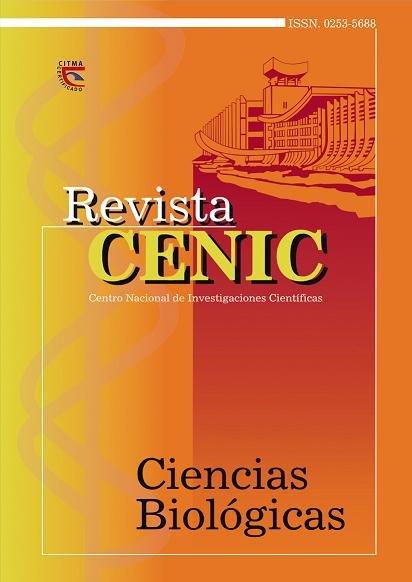Effects of D-002 on behavioural patterns in mice
Resumen
D-002 is a mixture of six high molecular-weight aliphatic alcohols purified from beeswax with antiulcer and antioxidant effects proven in experimental and clinical studies and with anti-inflammatory effects demonstrated experimentally. Experimental toxicology has not shown evidence of potential neurotoxicity of D-002. Nevertheless, adverse side effects related with the Nervous System are among the most frequent treatment-related adverse effects. Then, despite the lack of potential neurotoxicity detected in experimental toxicology and that the chemical nature of D-002 did not suppose to expect neurotoxic effects of D-002, it was explored its effects on classical behavioral patterns in rodents, frequently used as part of the battery of tests used to determine the potential neurotoxicity of new substances, like D-002. The present study was aimed to investigate the effects of single and repeat (30 d) doses of D-002 on the following behavioural patterns in mice: exploratory activity in open field, response to hot plate, performance in the rotating rod (horizontal screening test) and passive avoidance single trial test. Animals were randomised into four groups (10 mice/group): a control group treated with the acacia gum H2O vehicle and three groups treated with D-002 at 25, 125 and 250 mg/kg, respectively. D-002 orally administered as single or repeat doses (25 - 250 mg/kg) did not change significantly the exploratory activity in the open field, the responses to the painful stimulus in the hot plate, the holding and performance on the horizontal screening test and the learning retention in the passive avoidance single trial test.
Descargas

Descargas
Publicado
Cómo citar
Número
Sección
Licencia

Esta obra está bajo una licencia internacional Creative Commons Atribución-NoComercial-CompartirIgual 4.0.
Los autores que publican en esta revista están de acuerdo con los siguientes términos:
Los autores conservan los derechos de autor y garantizan a la revista el derecho de ser la primera publicación del trabajo al igual que licenciado bajo una Creative Commons Atribución-NoComercial-CompartirIgual 4.0 Internacional que permite a otros compartir el trabajo con un reconocimiento de la autoría del trabajo y la publicación inicial en esta revista.
Los autores pueden establecer por separado acuerdos adicionales para la distribución no exclusiva de la versión de la obra publicada en la revista (por ejemplo, situarlo en un repositorio institucional o publicarlo en un libro), con un reconocimiento de su publicación inicial en esta revista.
Se permite y se anima a los autores a difundir sus trabajos electrónicamente (por ejemplo, en repositorios institucionales o en su propio sitio web) antes y durante el proceso de envío, ya que puede dar lugar a intercambios productivos, así como a una citación más temprana y mayor de los trabajos publicados (Véase The Effect of Open Access) (en inglés).














